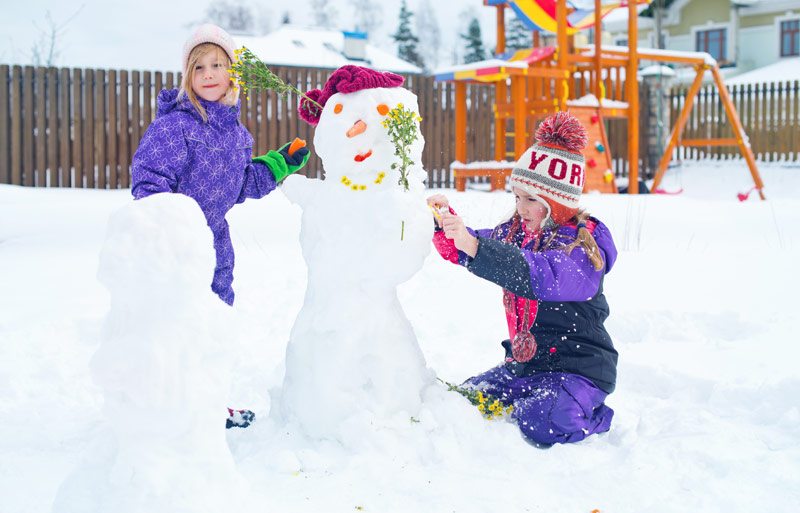Even when we don’t feel the heat outdoors the sun’s strong UV rays can harm the skin year round, making our skin just as prone to the chances of developing skin damage or skin cancer in the winter months as in the summer months. No matter how thick those overcast clouds look in the winter, up to 80 percent of the sun’s rays can still penetrate them. UVA are always present, as they can penetrate clouds, glass, resulting in premature aging and increased risk of skin cancer. UVB rays, on the other hand, vary in intensity and season and damage the more superficial layers of the skin, resulting in sunburns and skin cancer.

For those spending much of their winters on the slopes, it is important to be aware that the combination of higher altitude (UV radiation exposure increases 4 to 5 percent with every 1,000 feet above sea level) and the UV rays reflected by the snow puts skiers and snowboarders at an increased risk of sun damage. Fresh snow reflects nearly 80 percent of UV radiation, and UV rays can bounce off frozen water, increasing exposure as you can be hit by the same ray twice. At high altitudes, thinner air allows for the passage of even more light.
What you can do:
- Use a broad-spectrum sunscreen with an SPF of 30 or higher whenever you spend extended time outdoors. Apply 30 minutes before hitting the slopes.
- Apply sunscreen liberally and evenly to all exposed skin – most skiers and snowboarders do not use enough.
- Remember that the skin on your lips and eyes are thinner than on the rest of your face. Use a lip balm and an eye cream infused with sunscreen to get both protection and moisturization.
